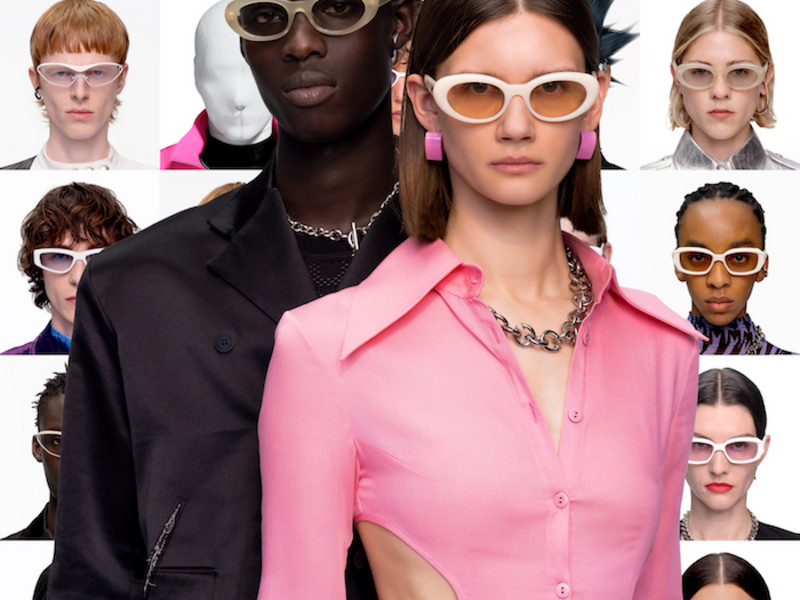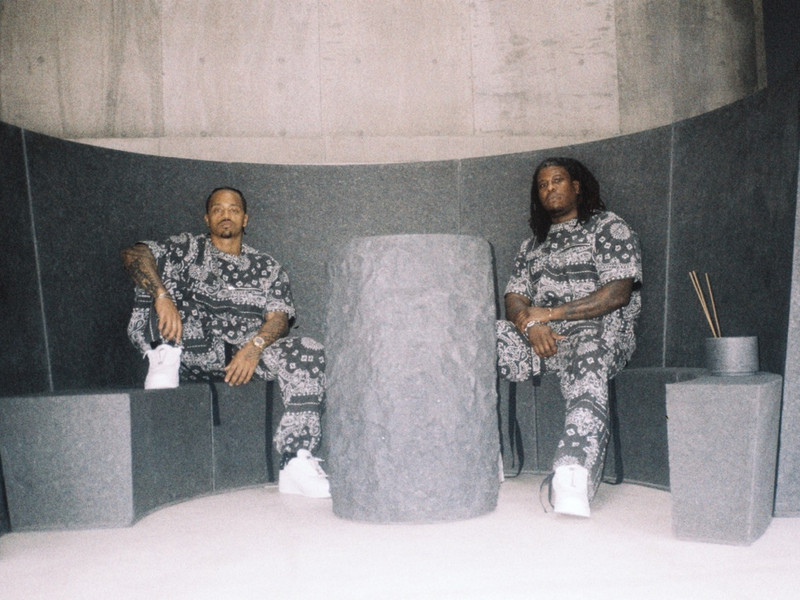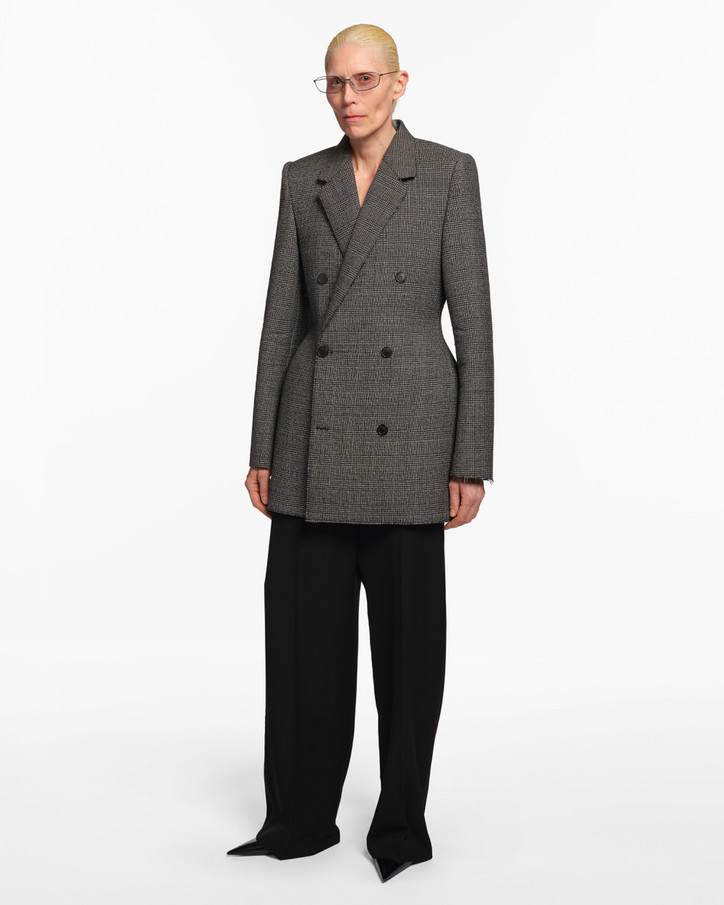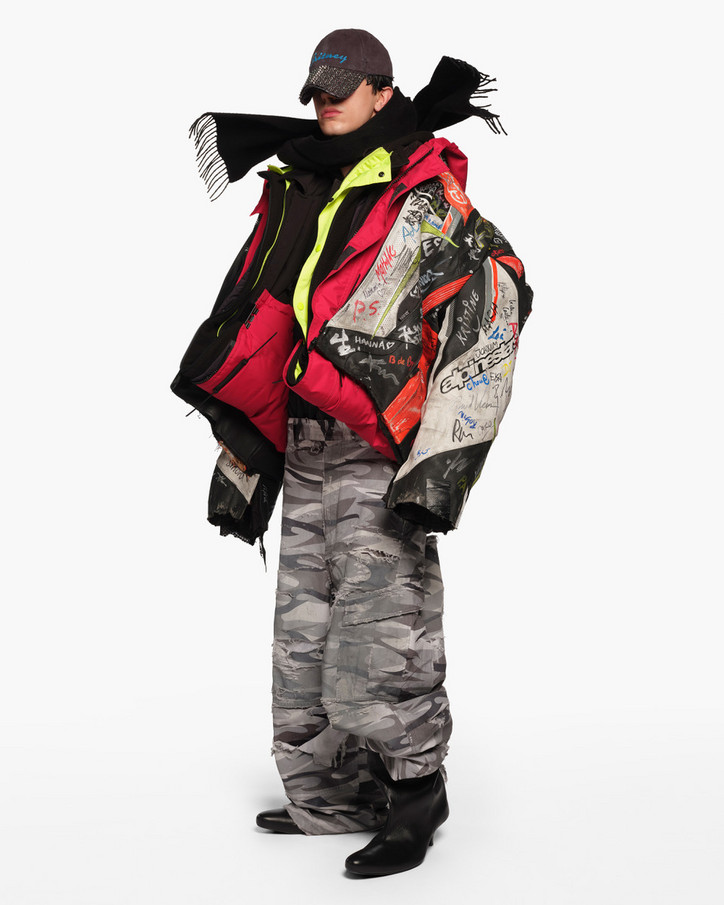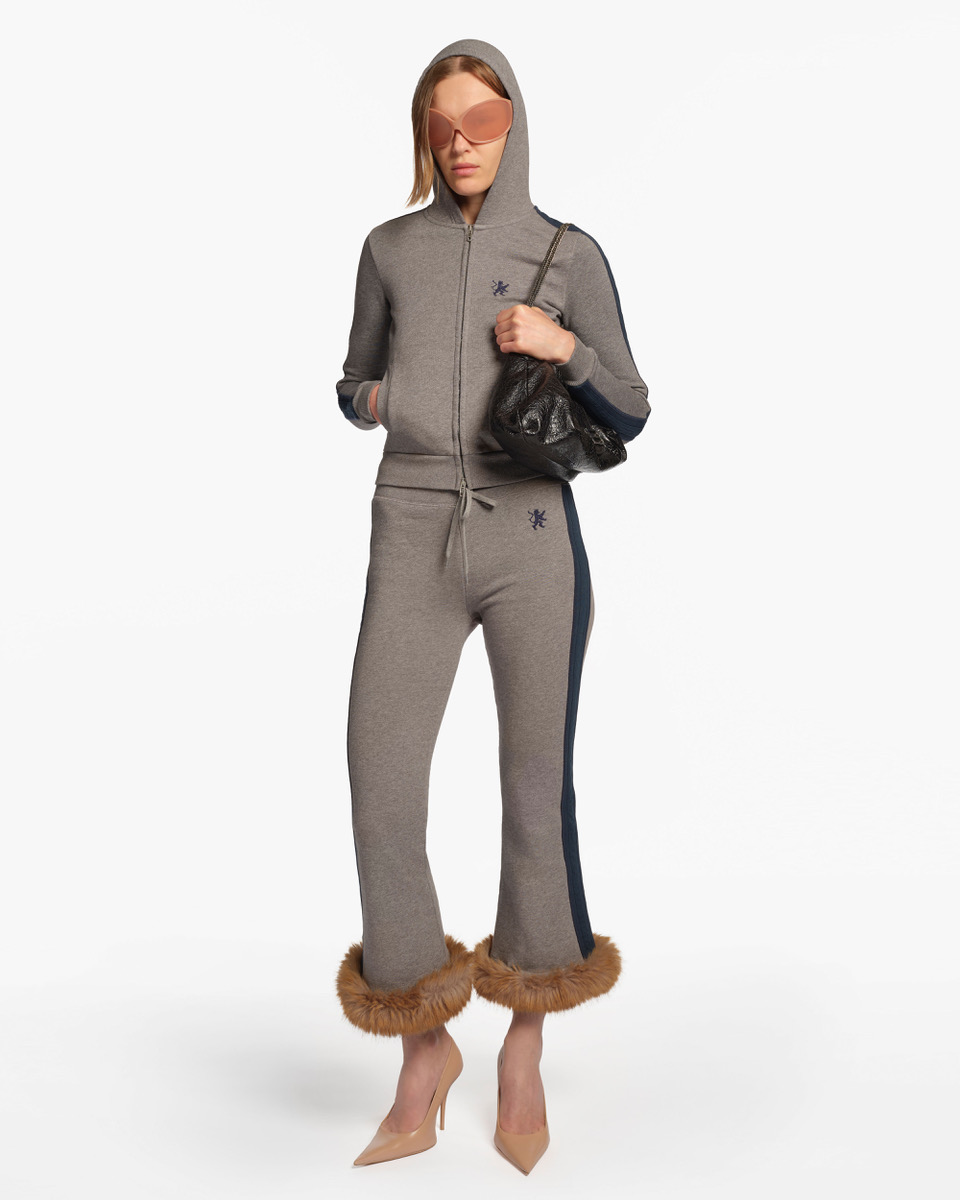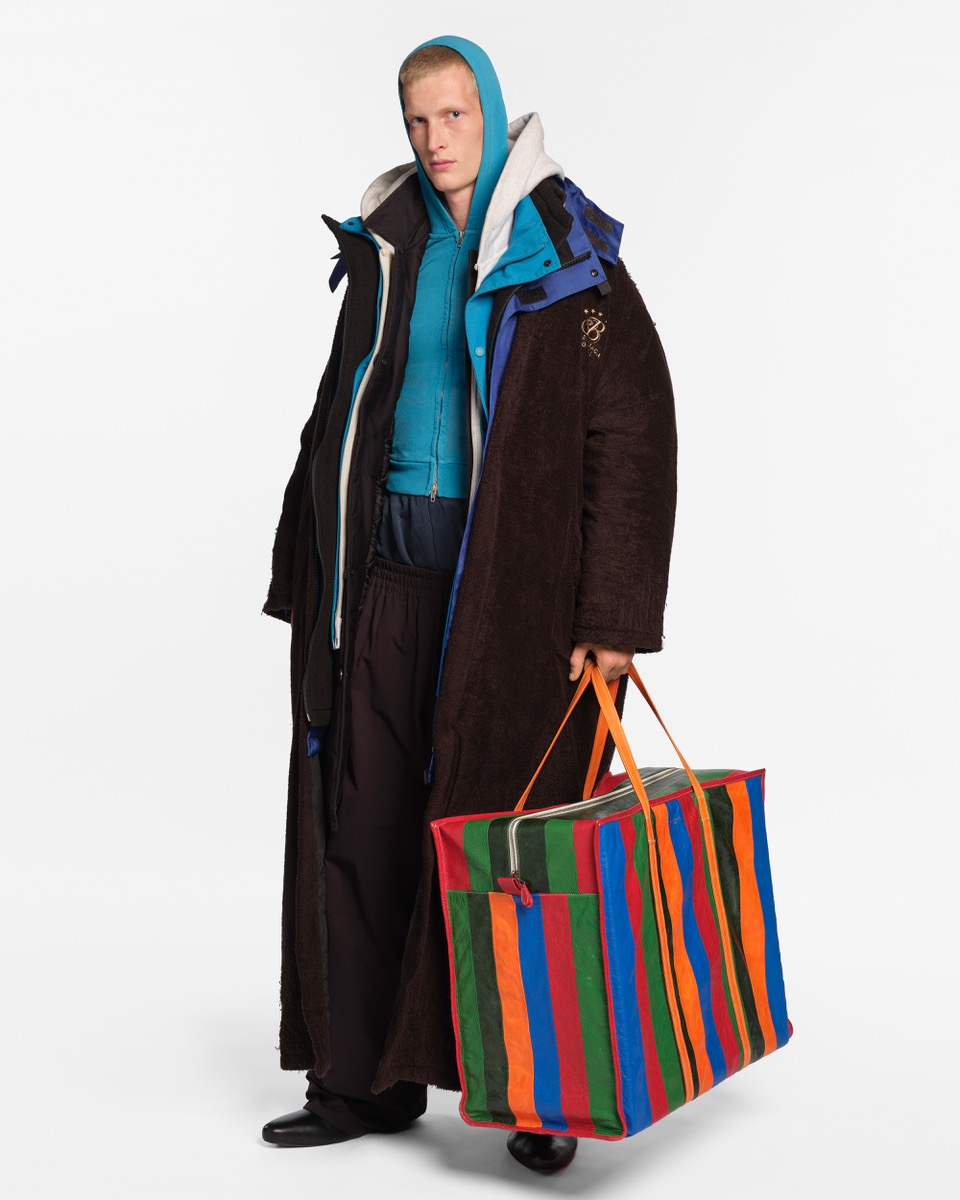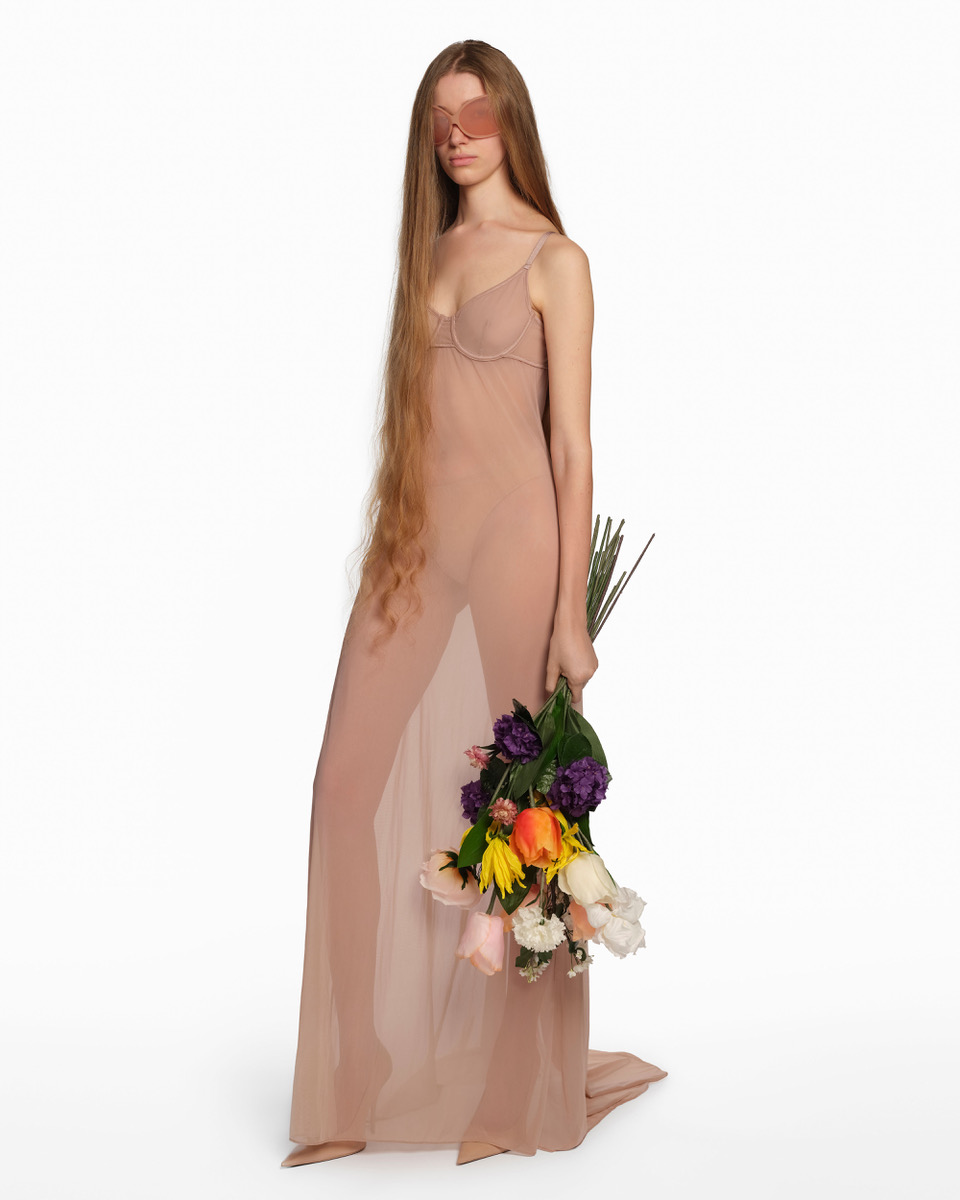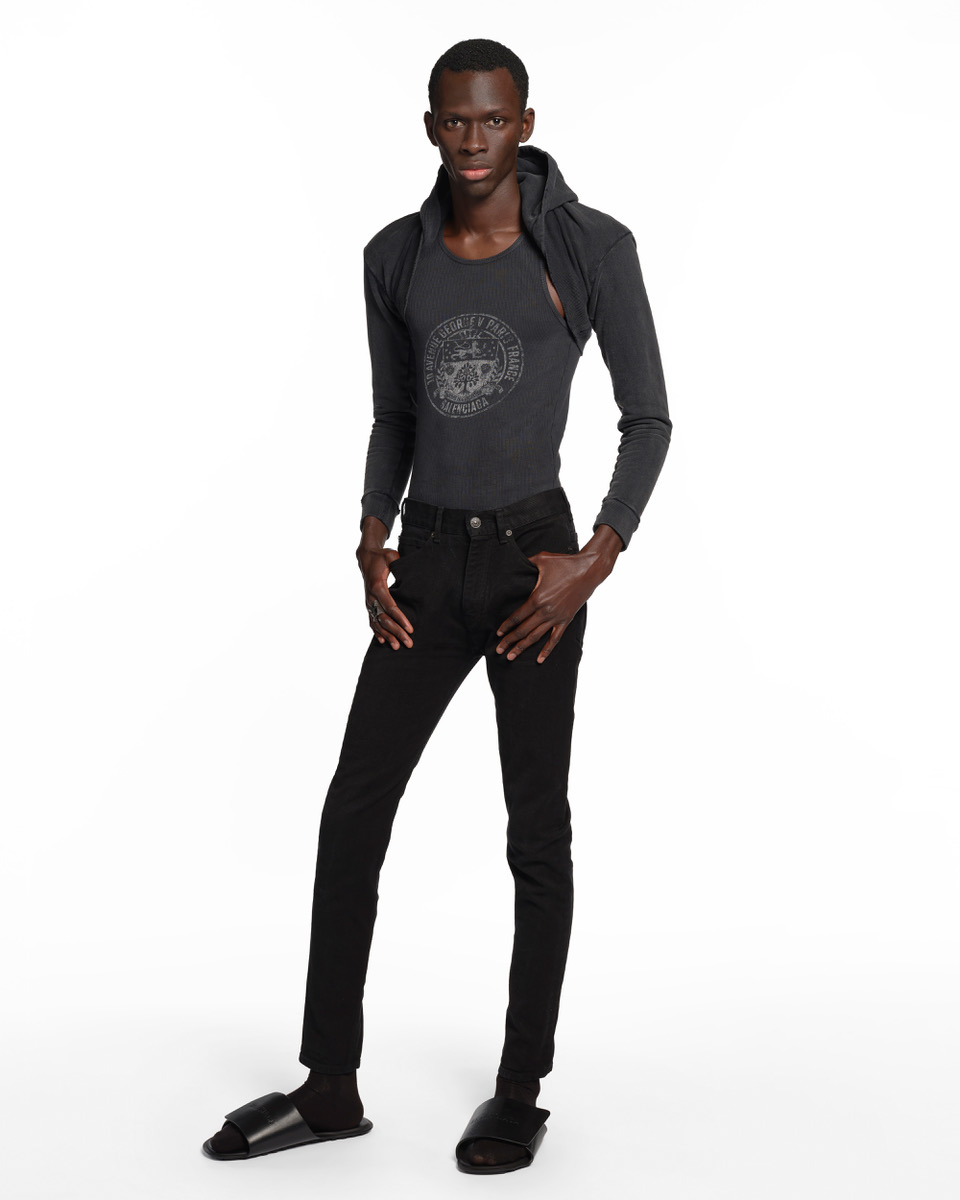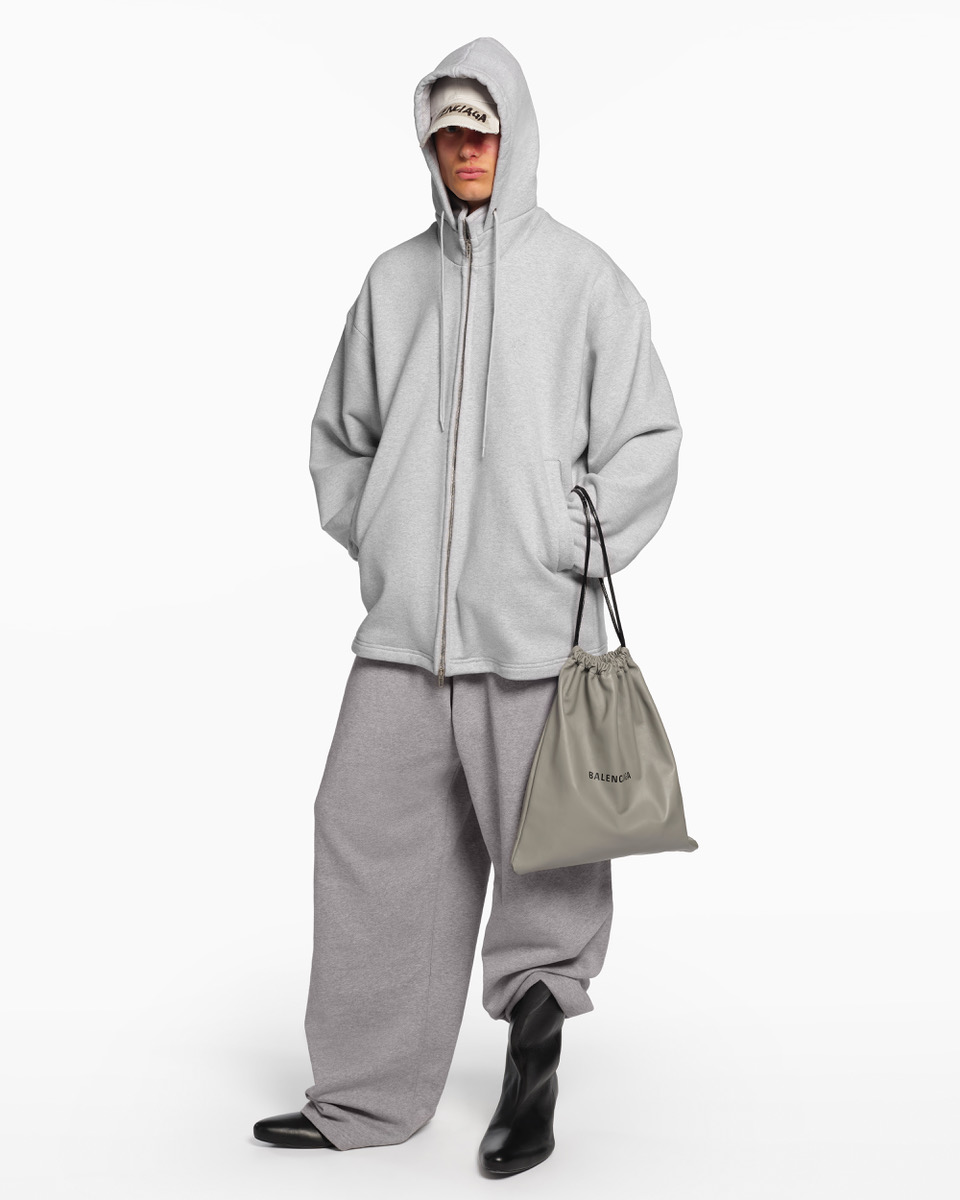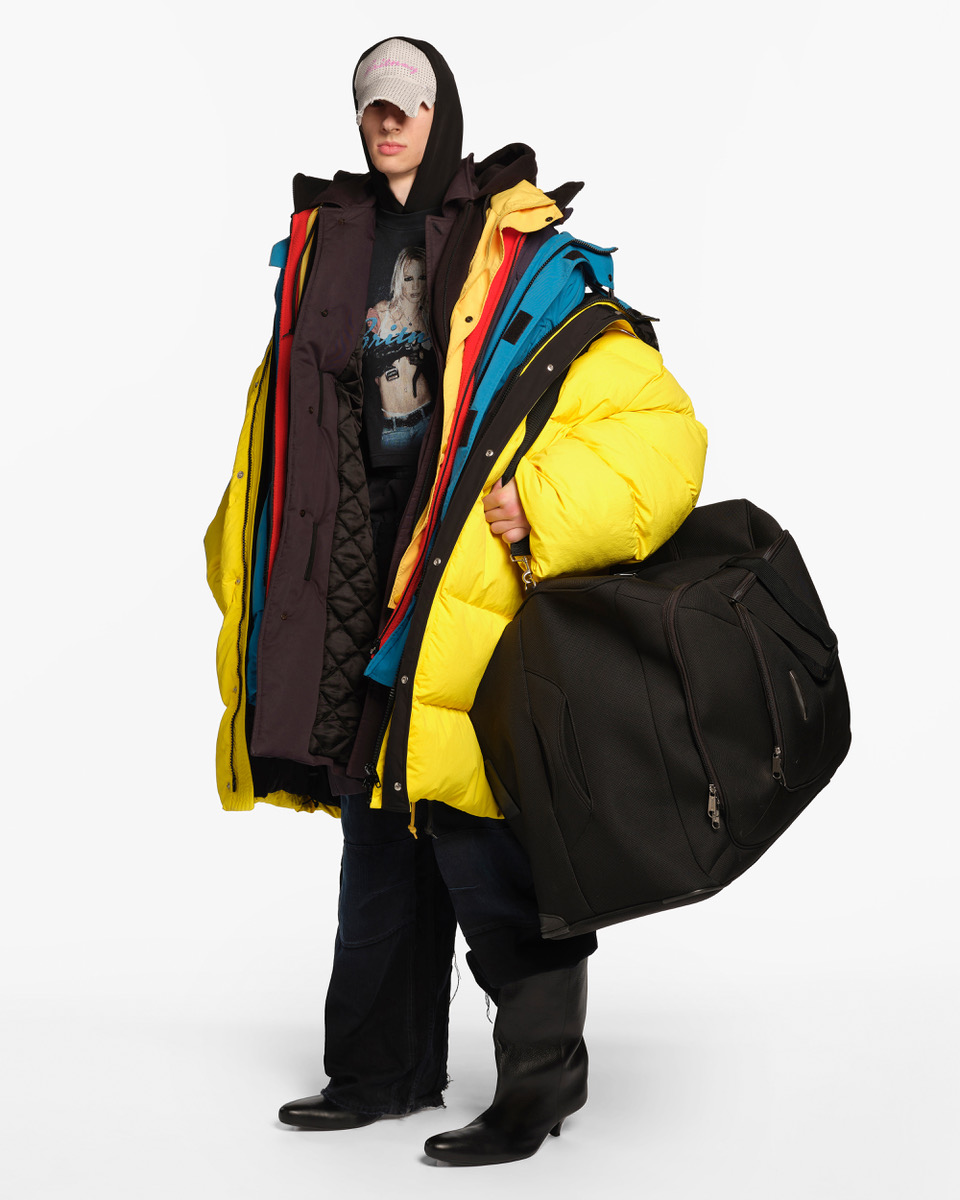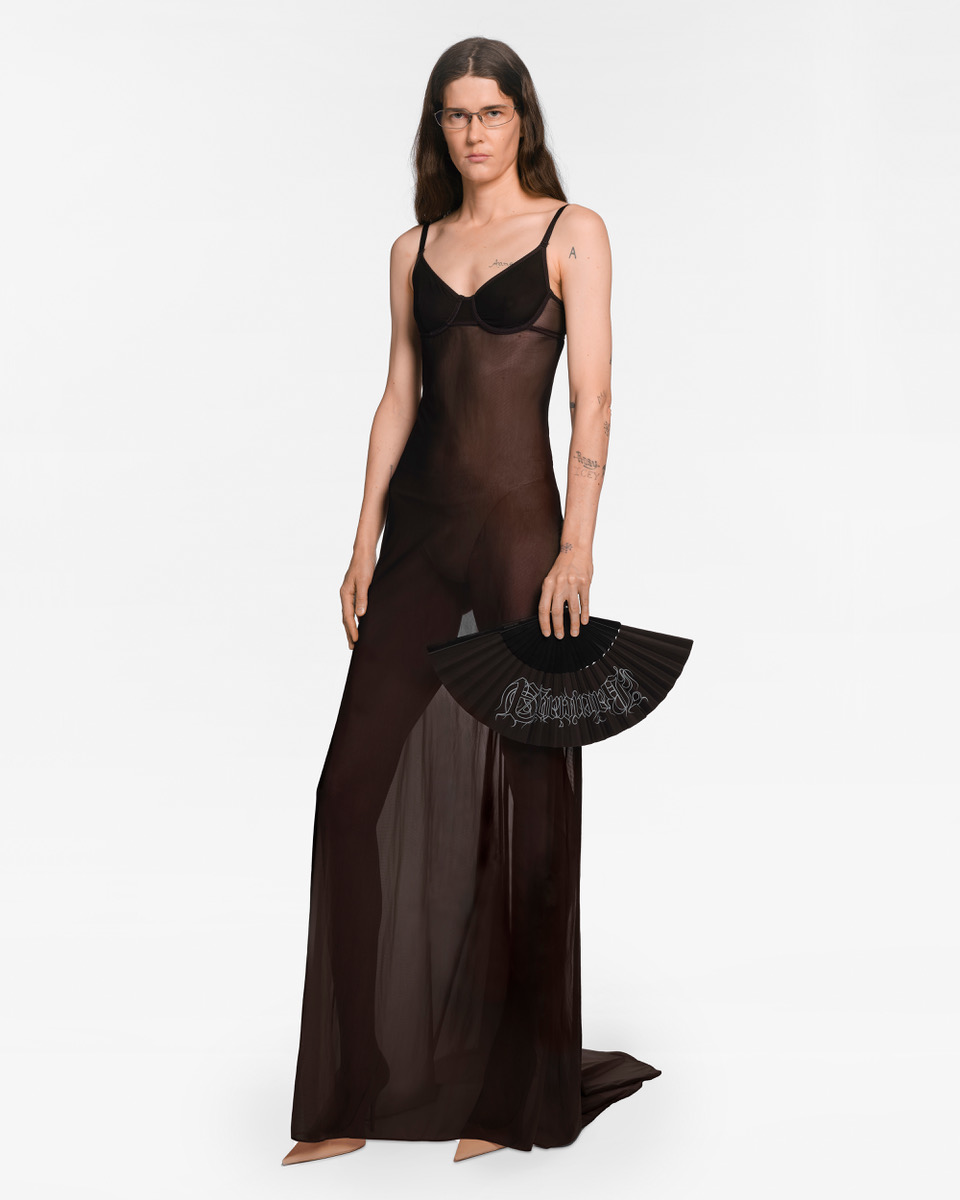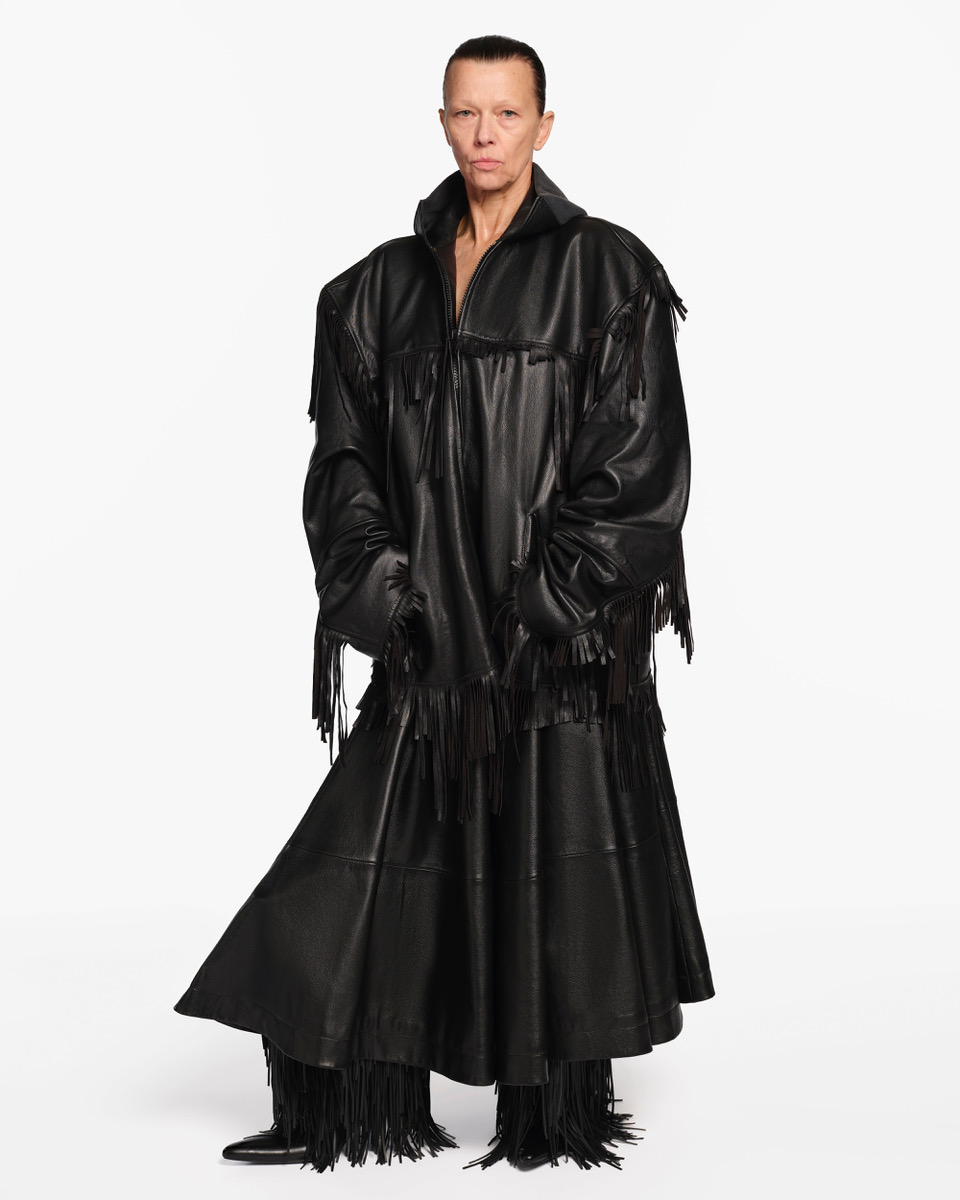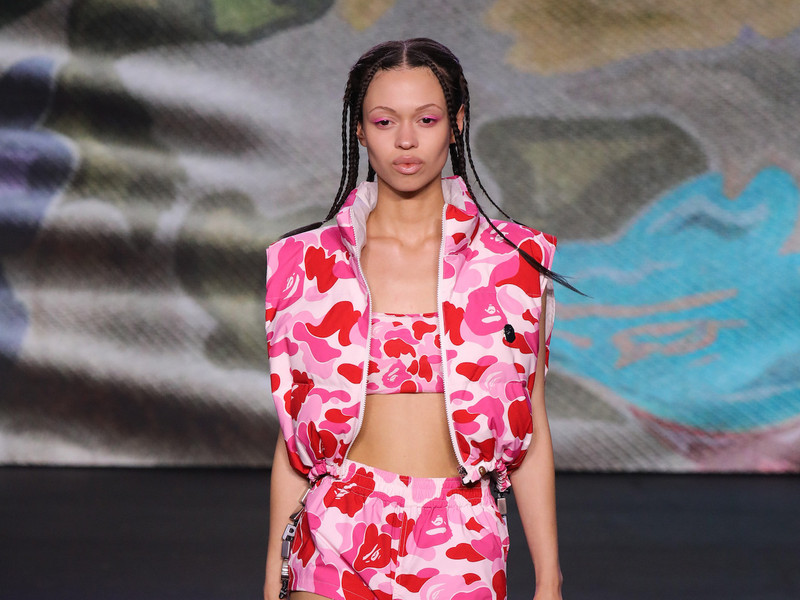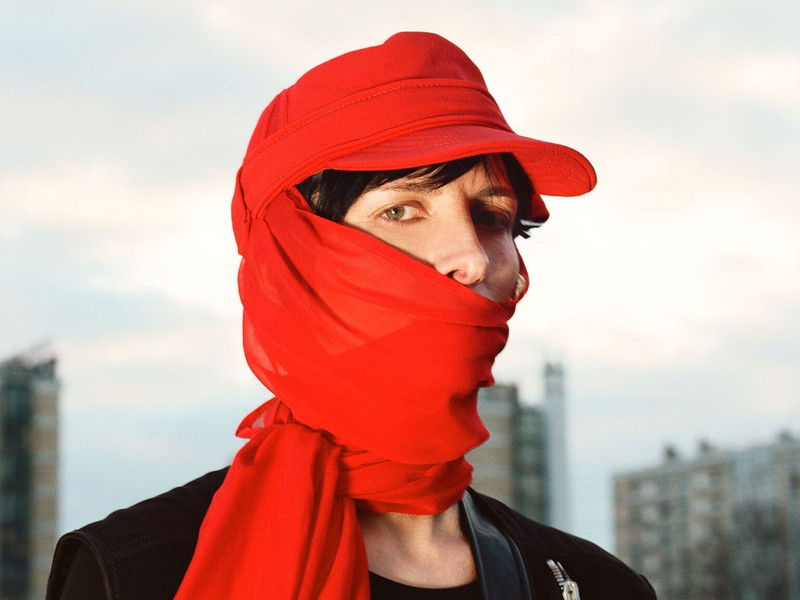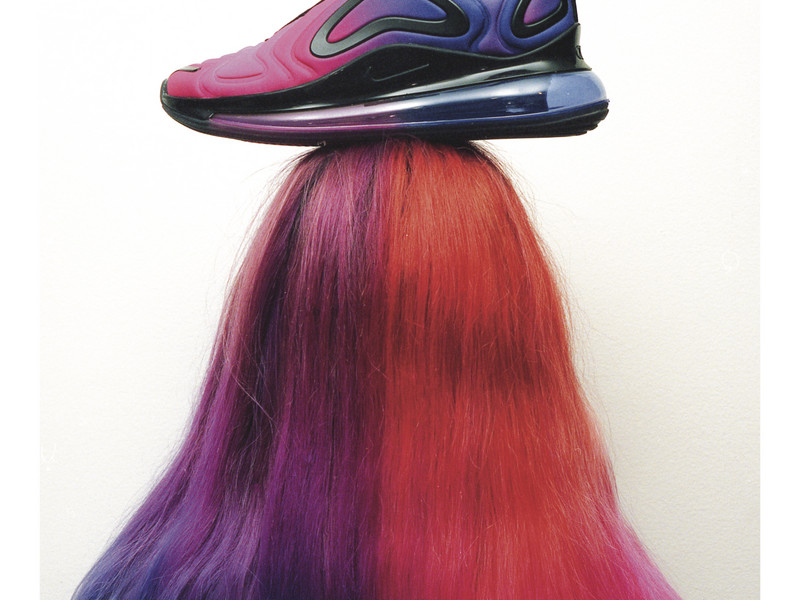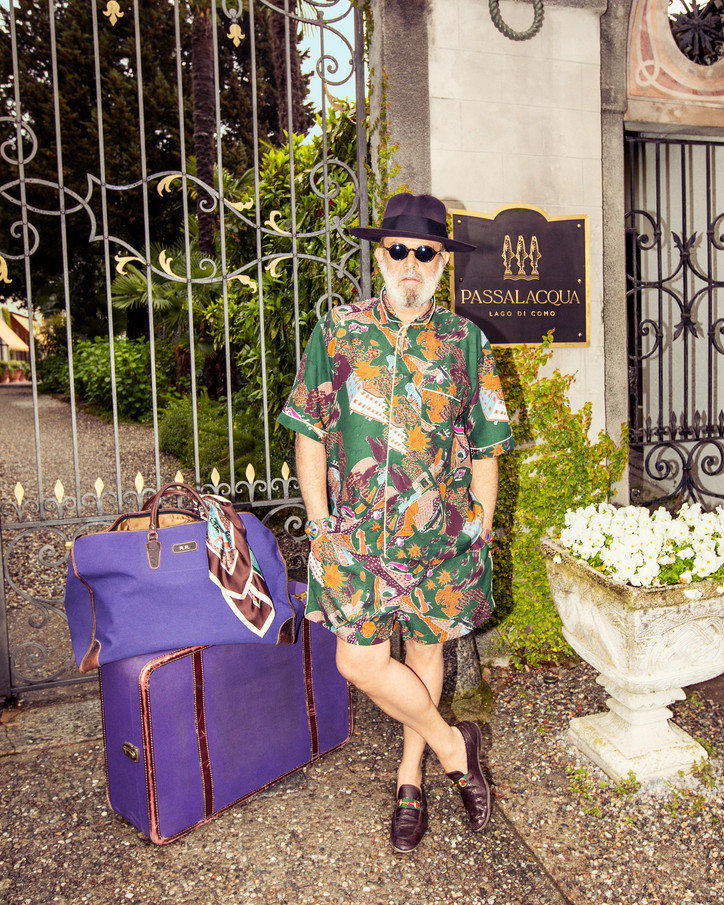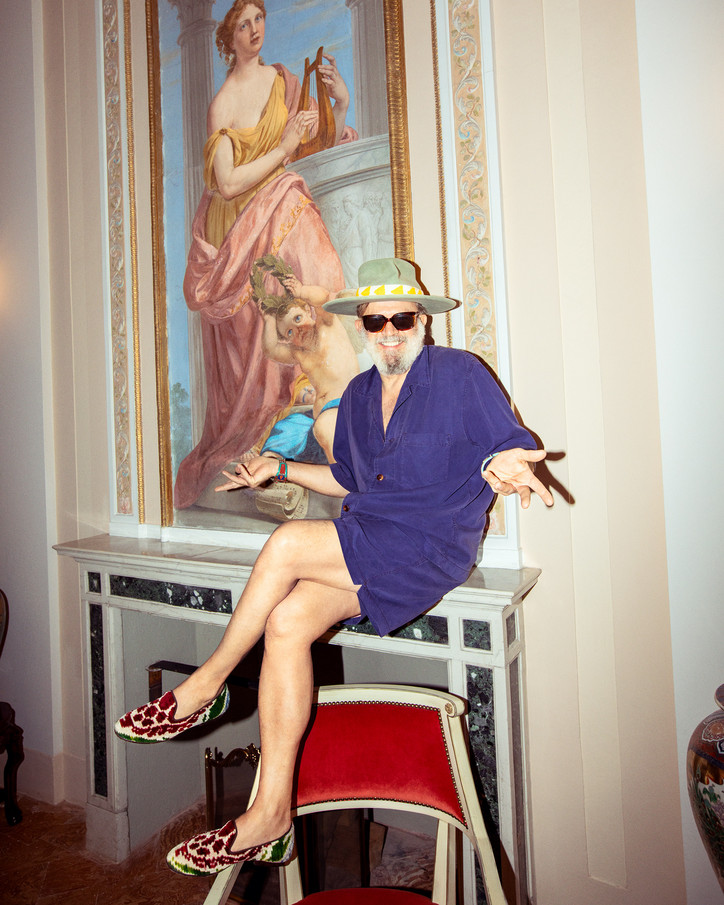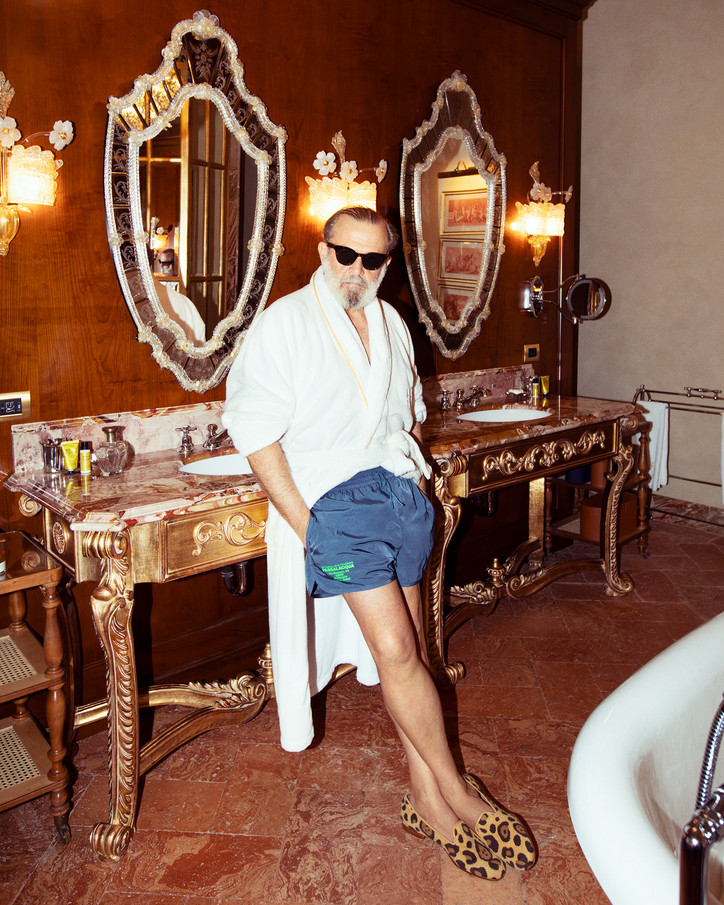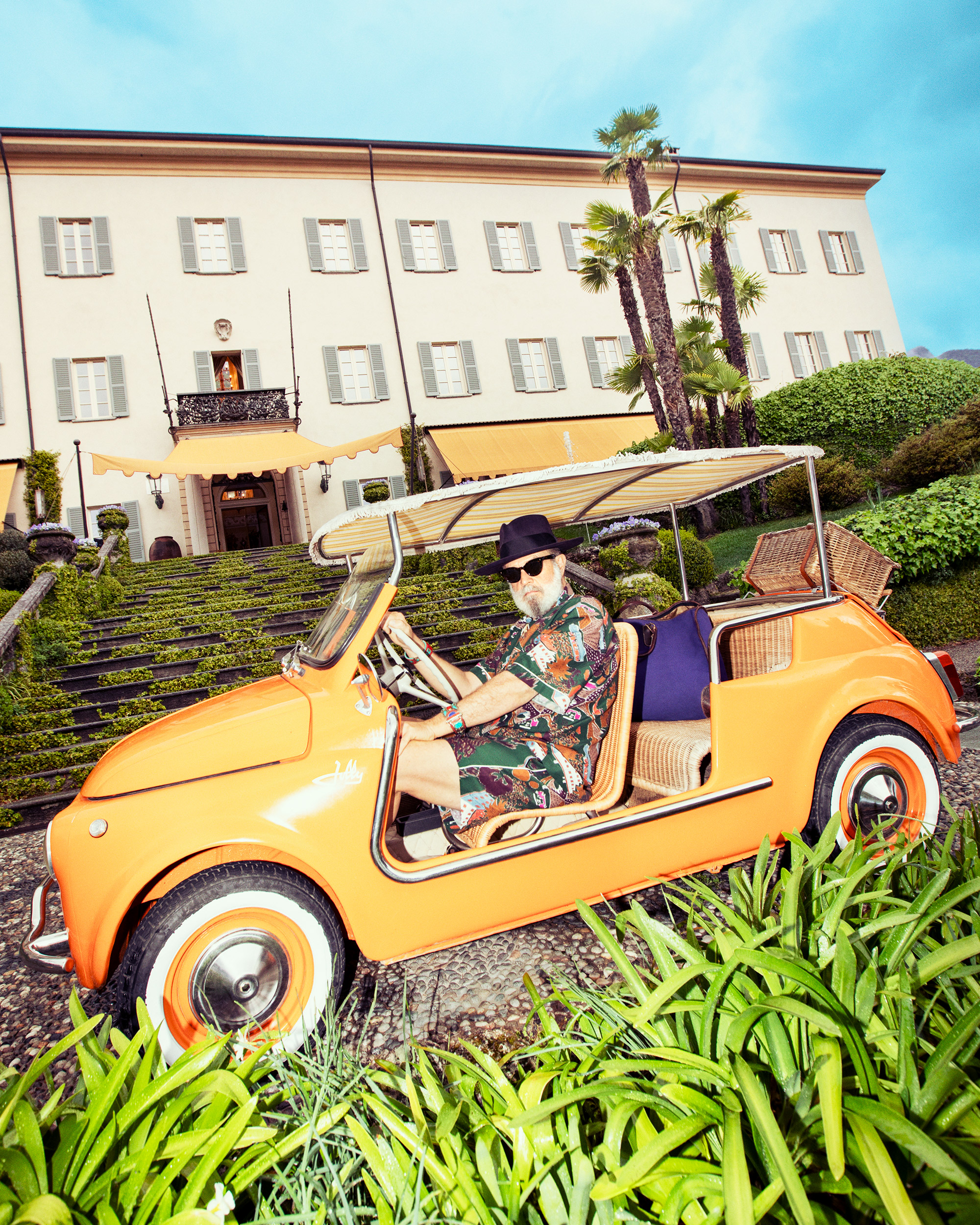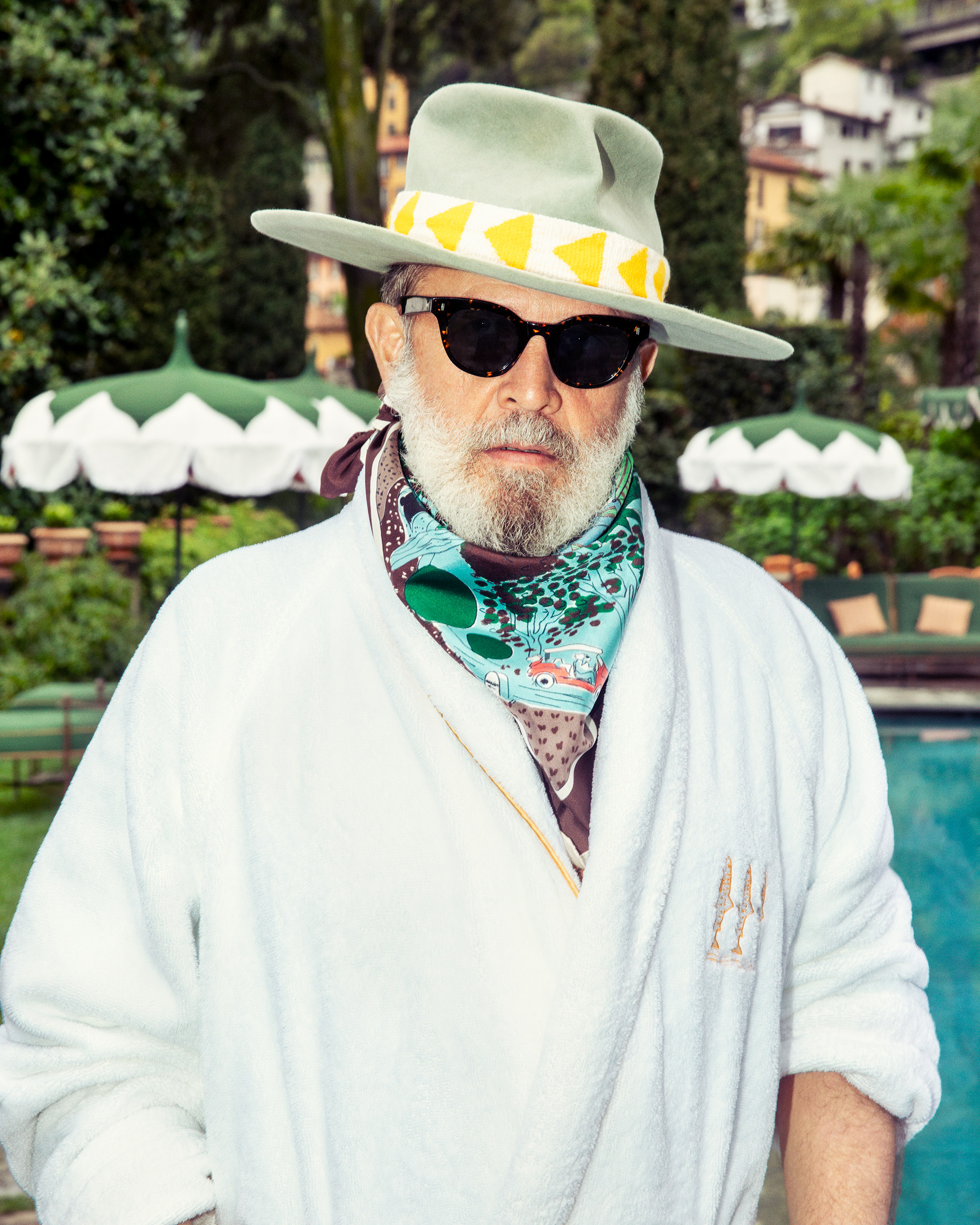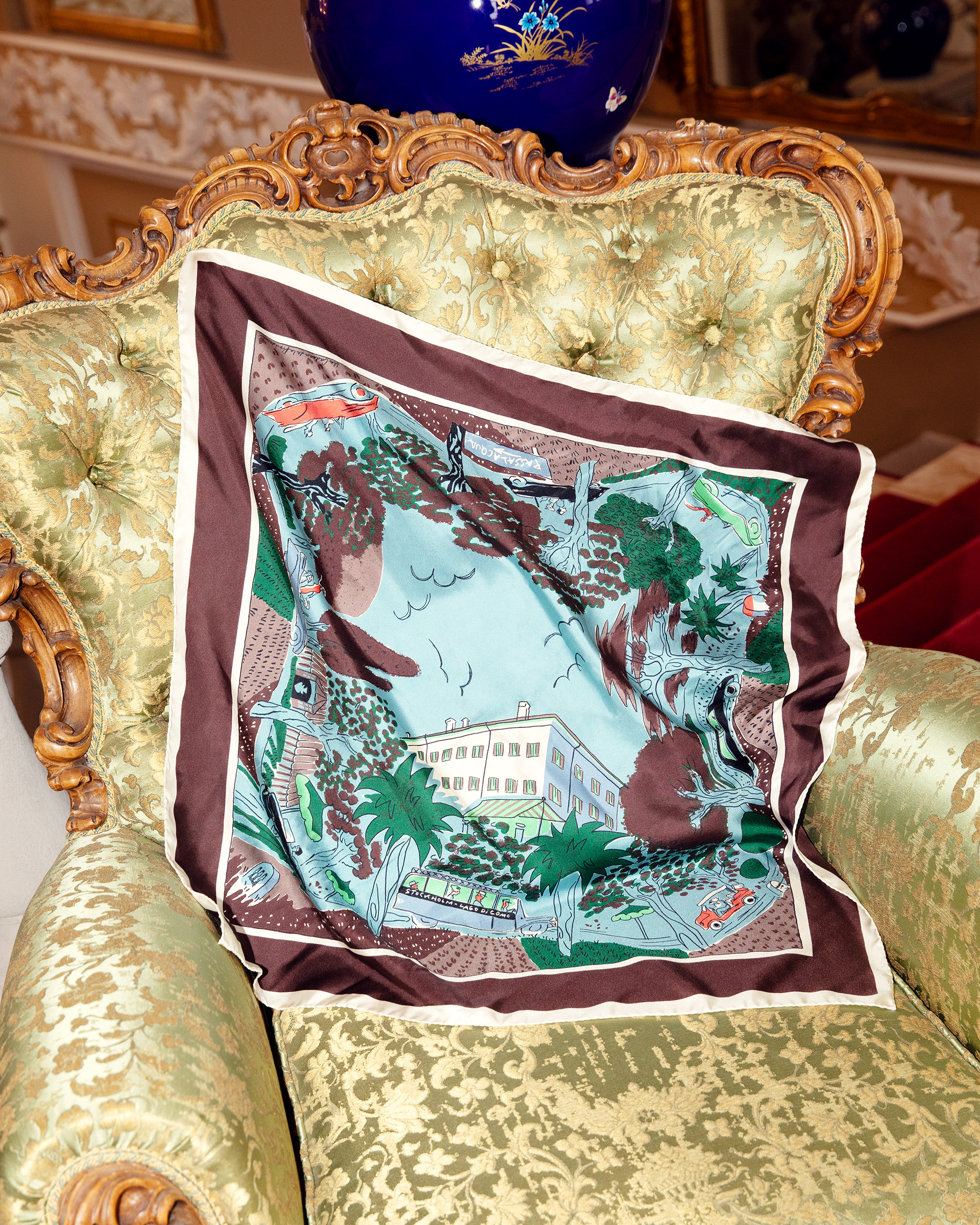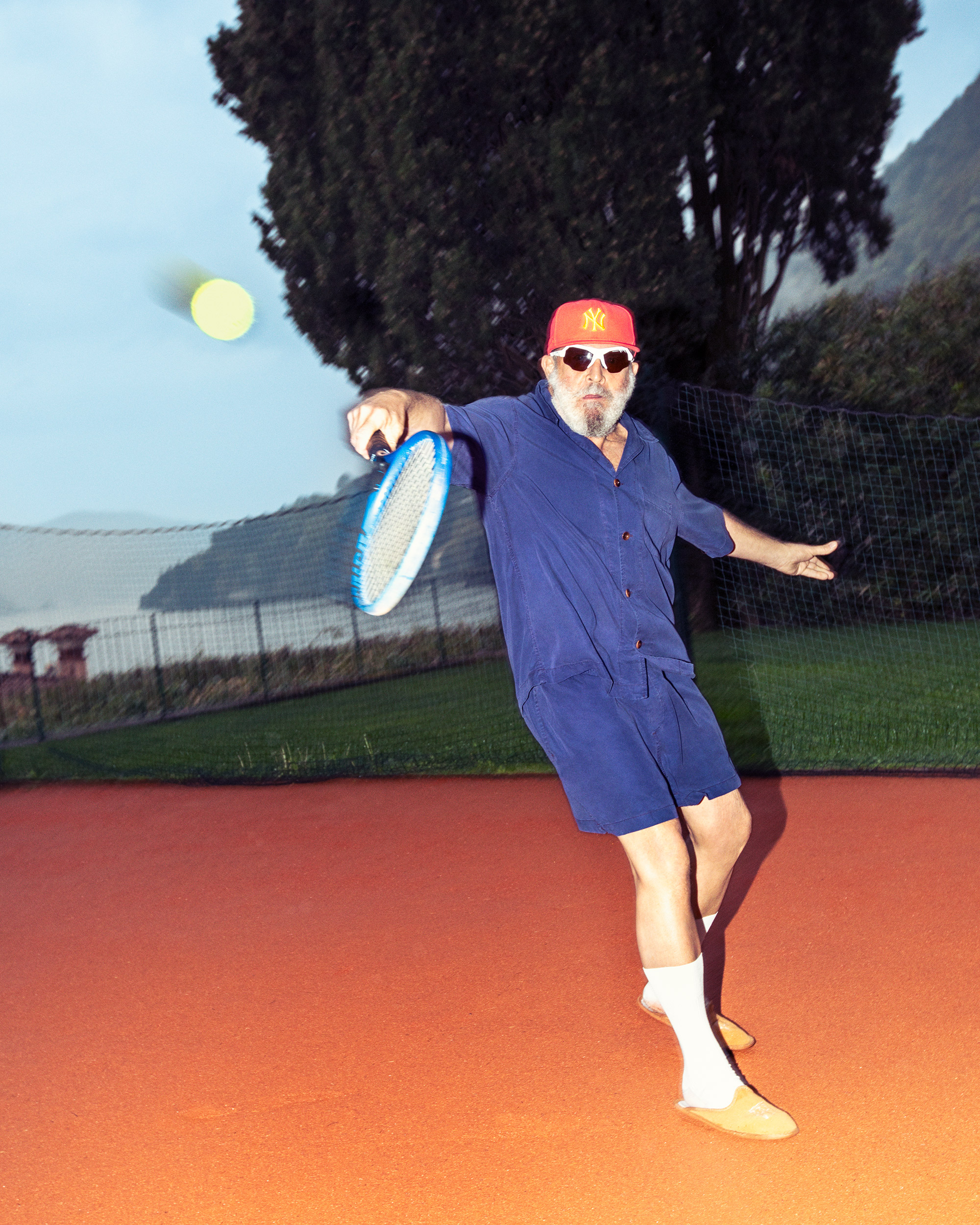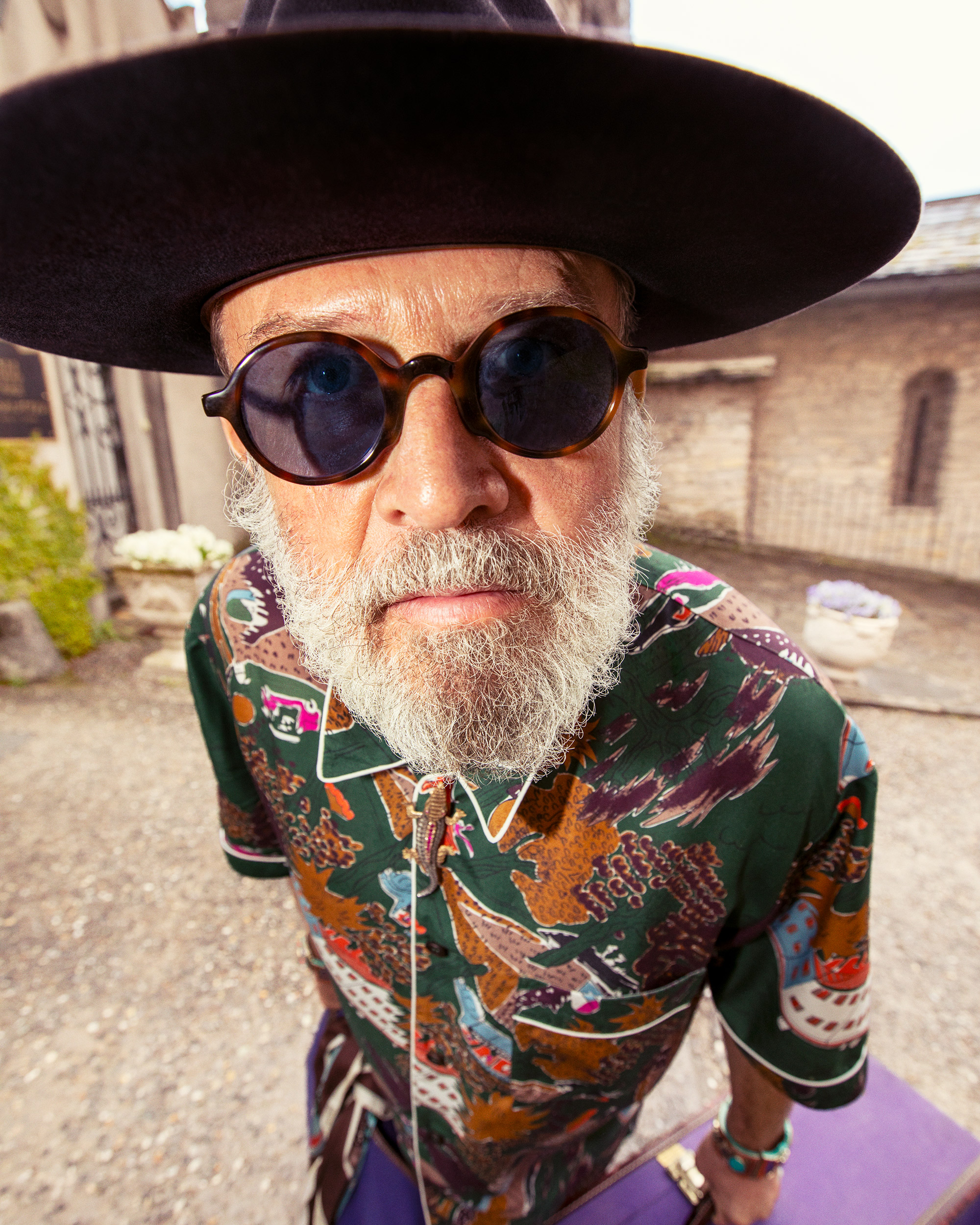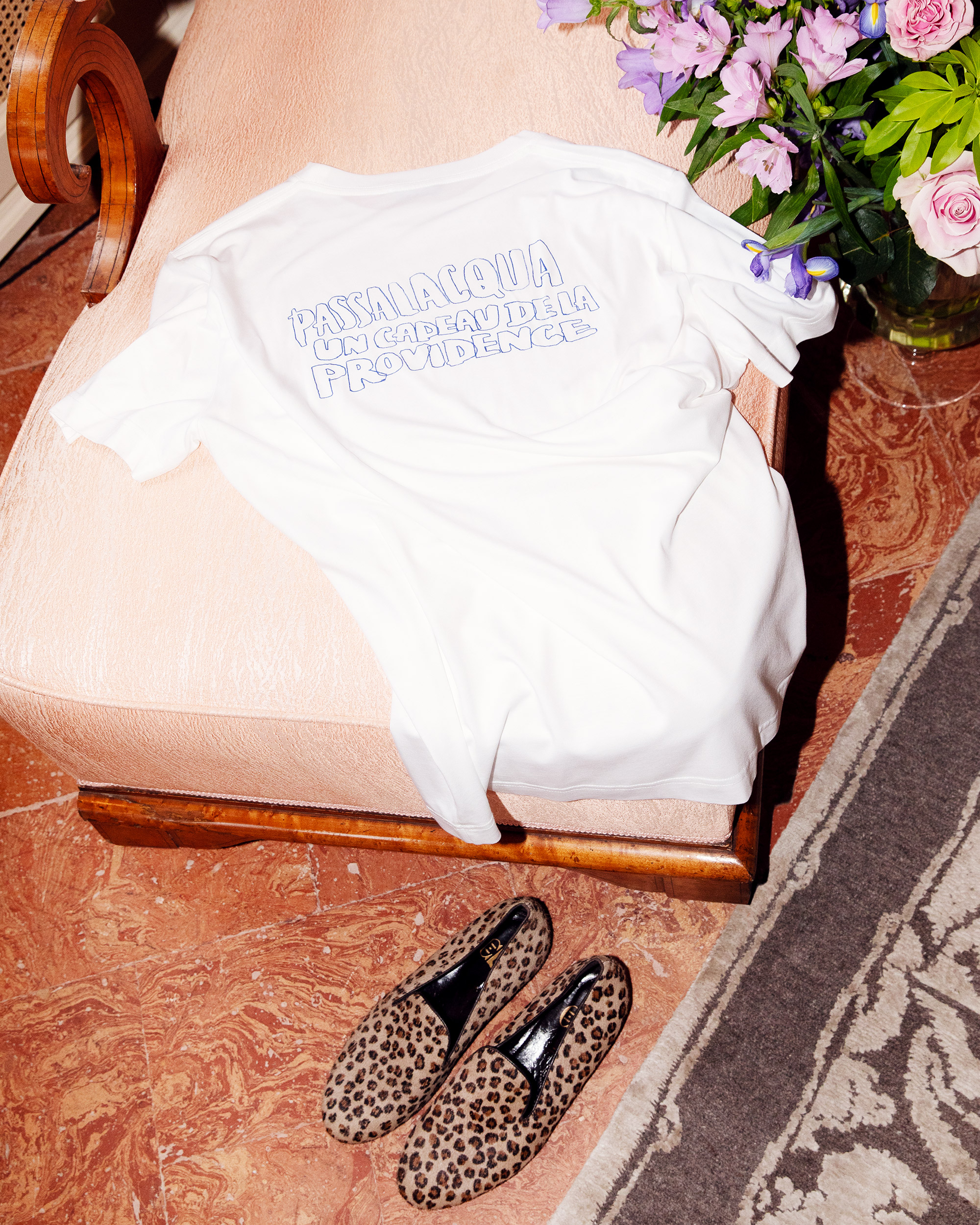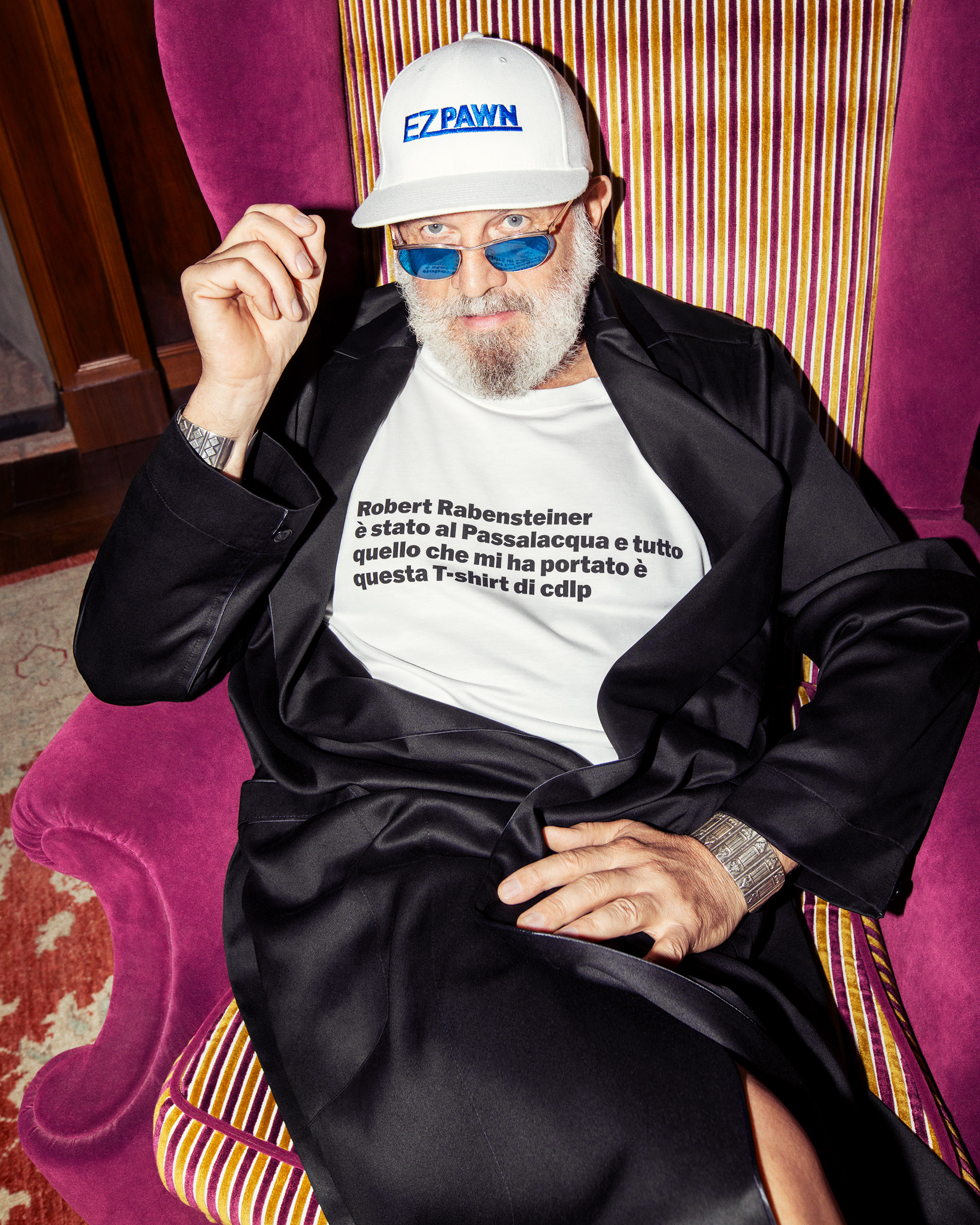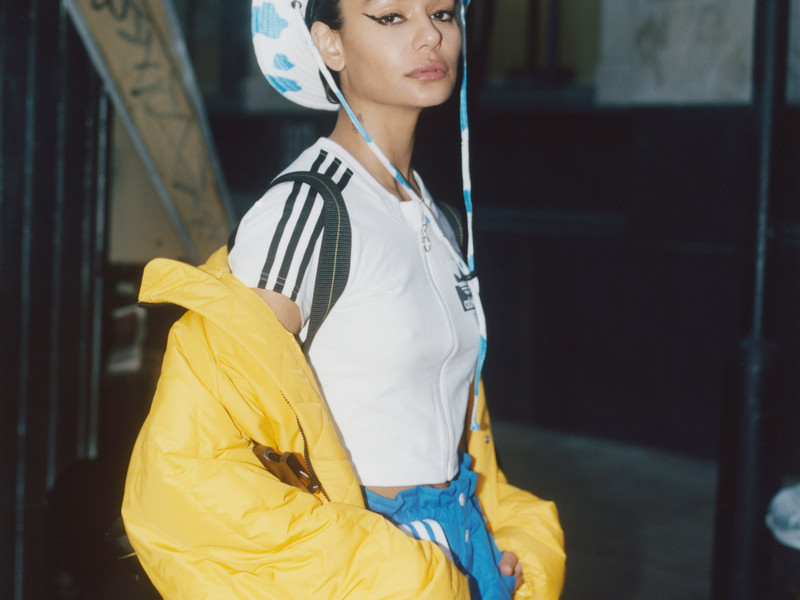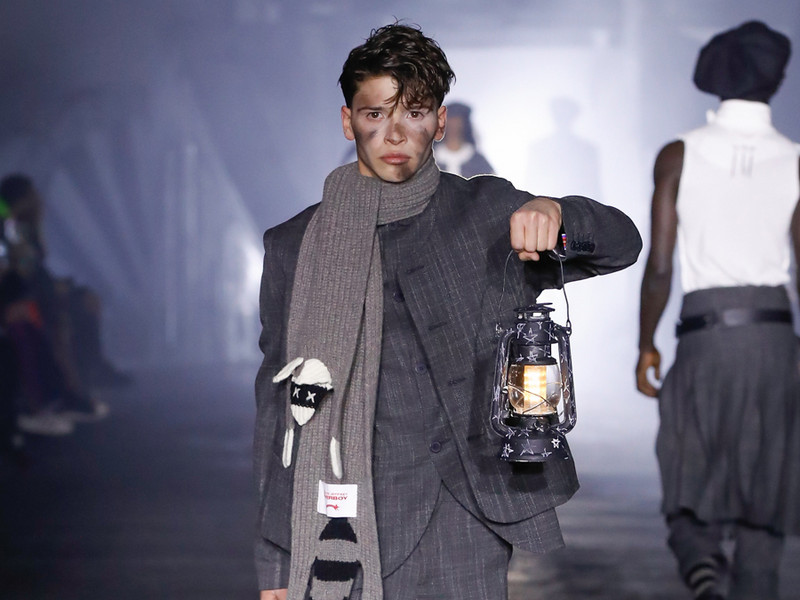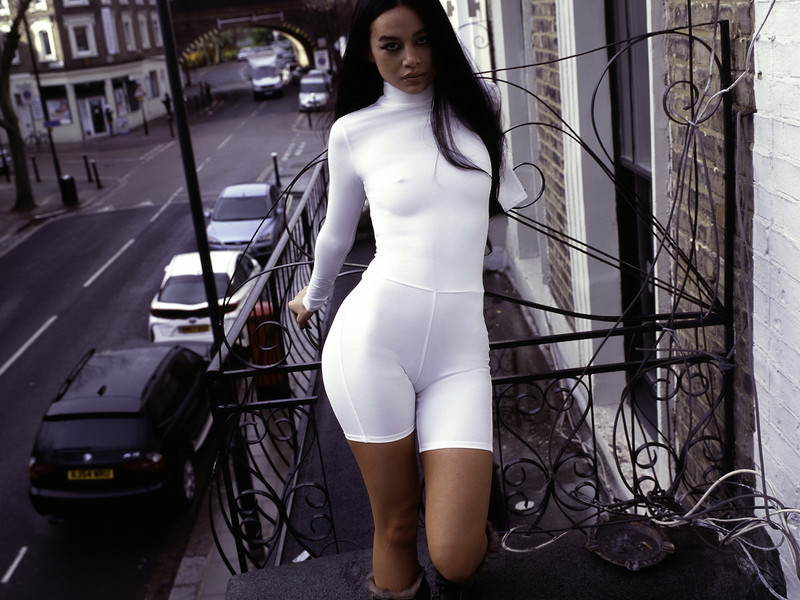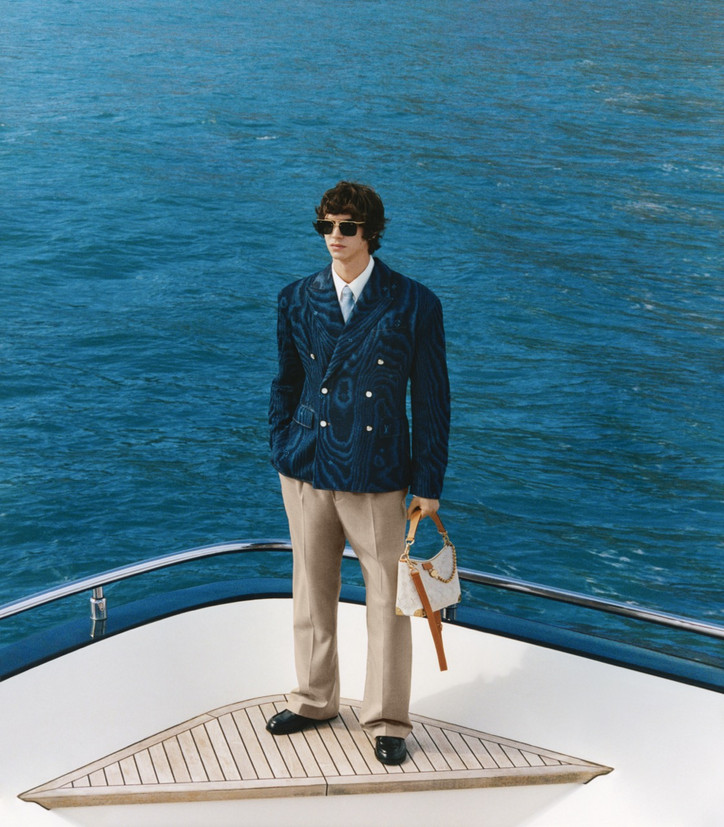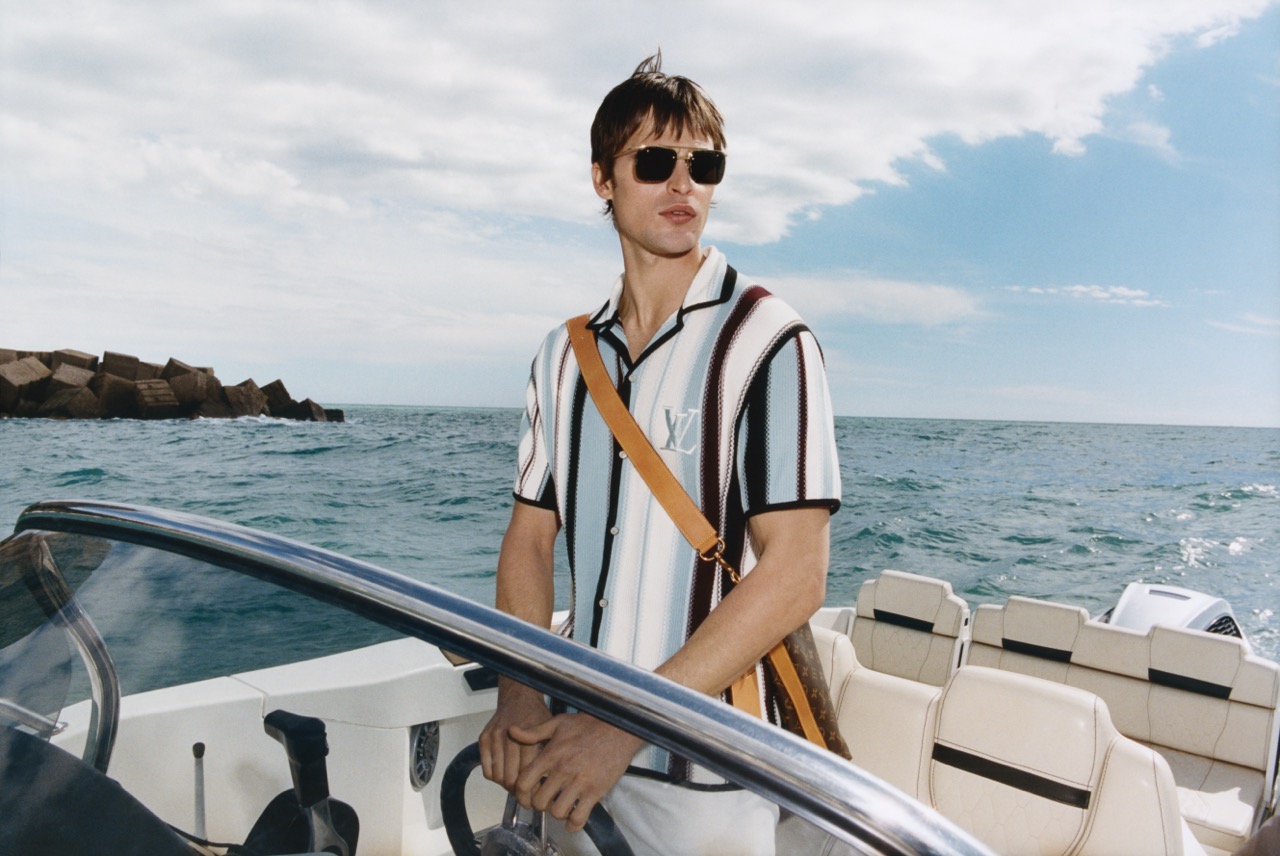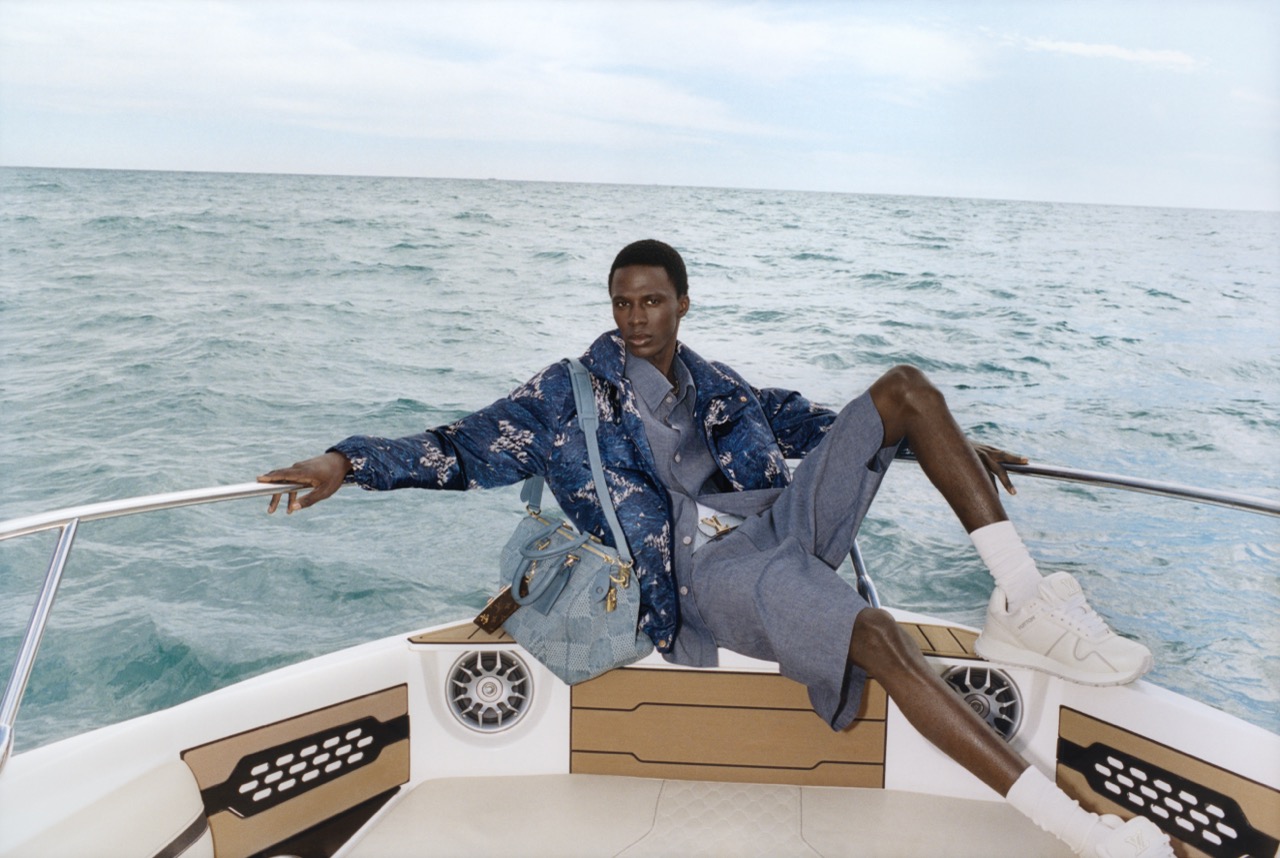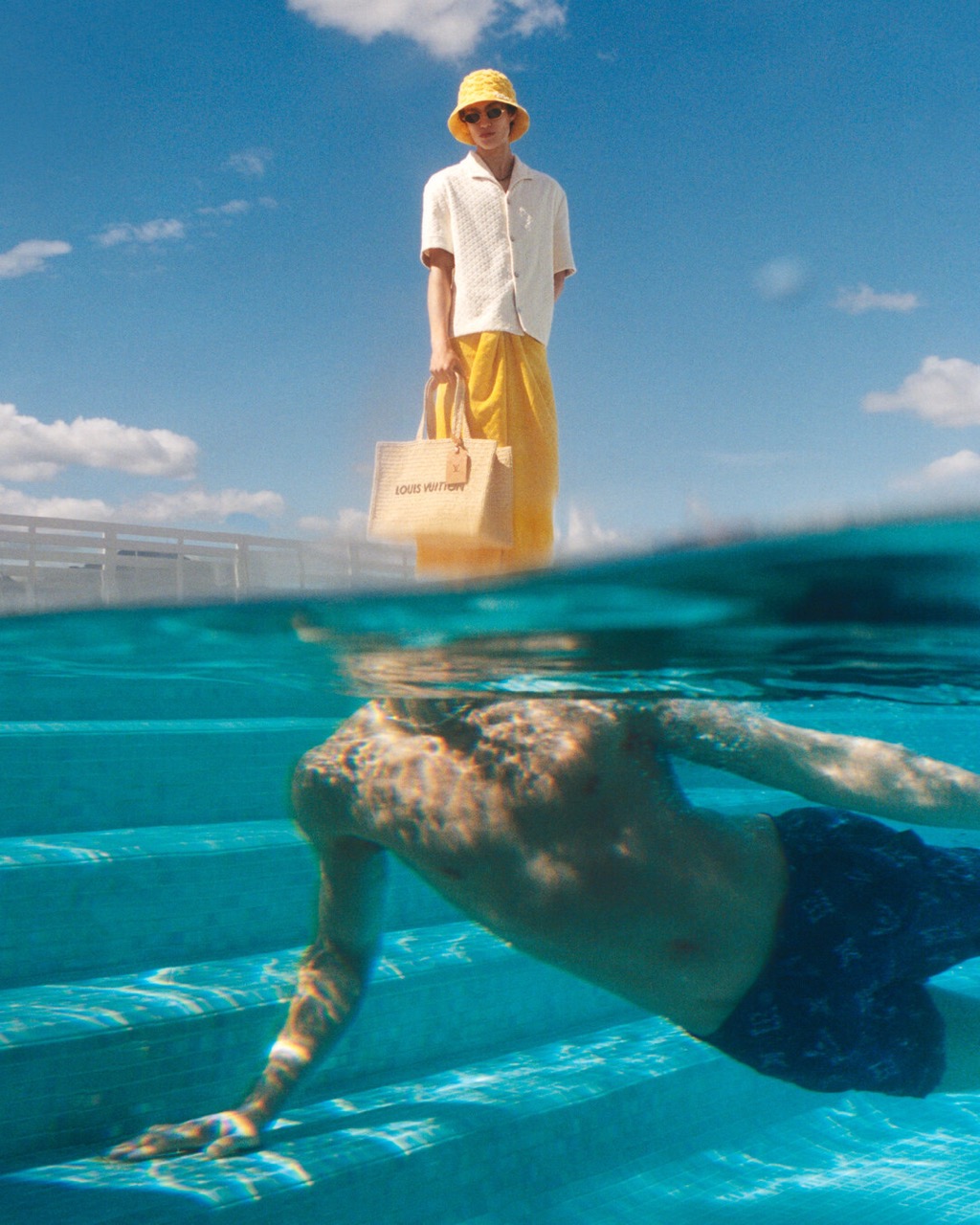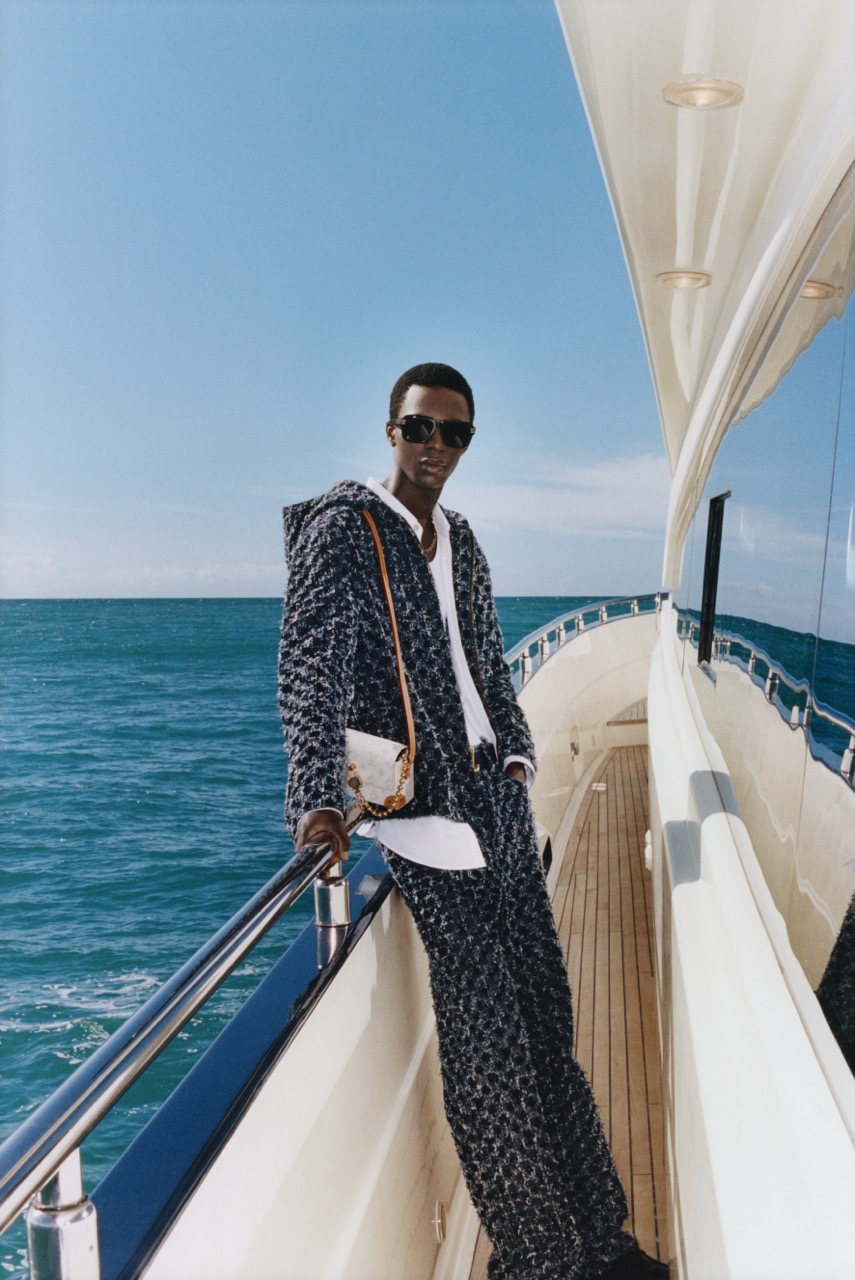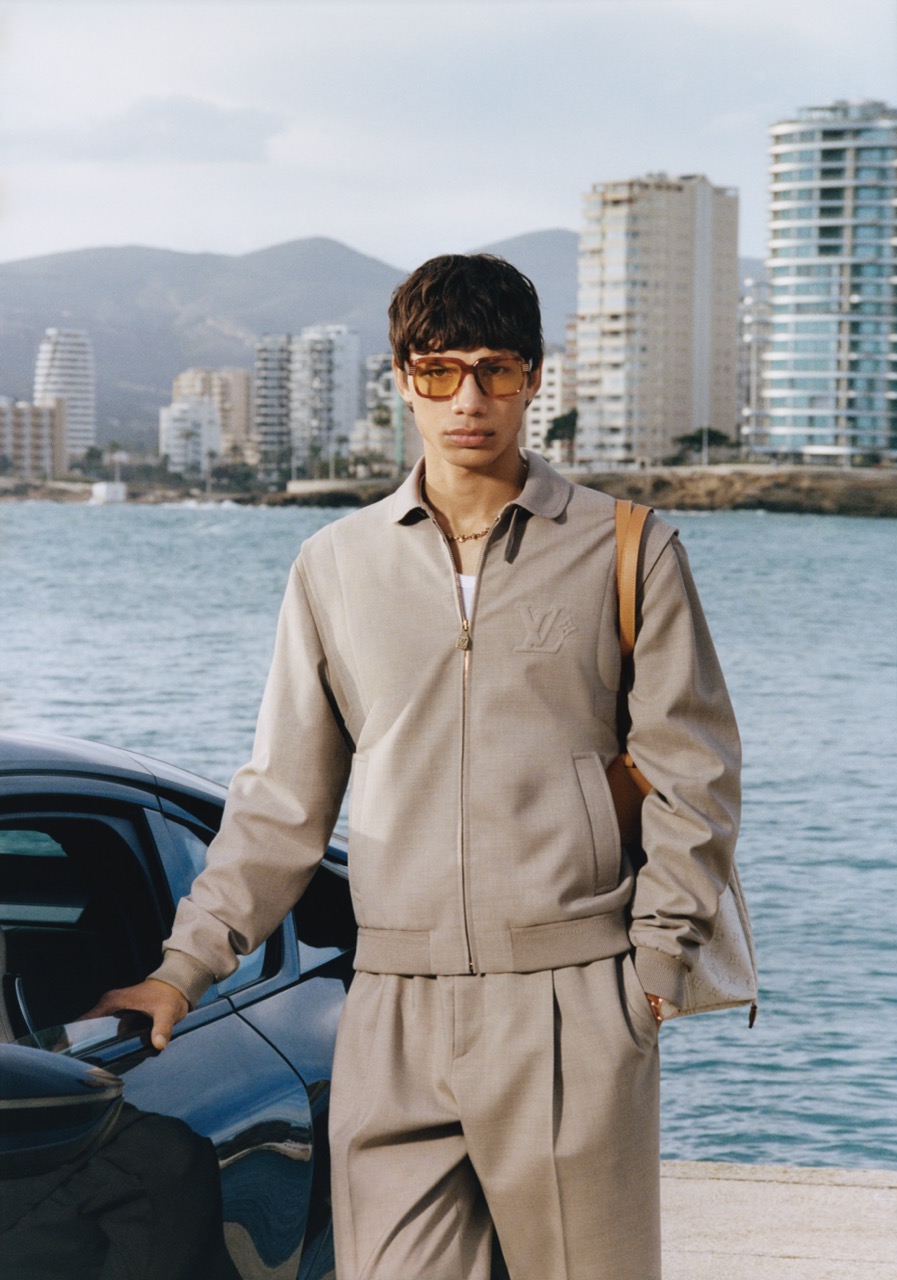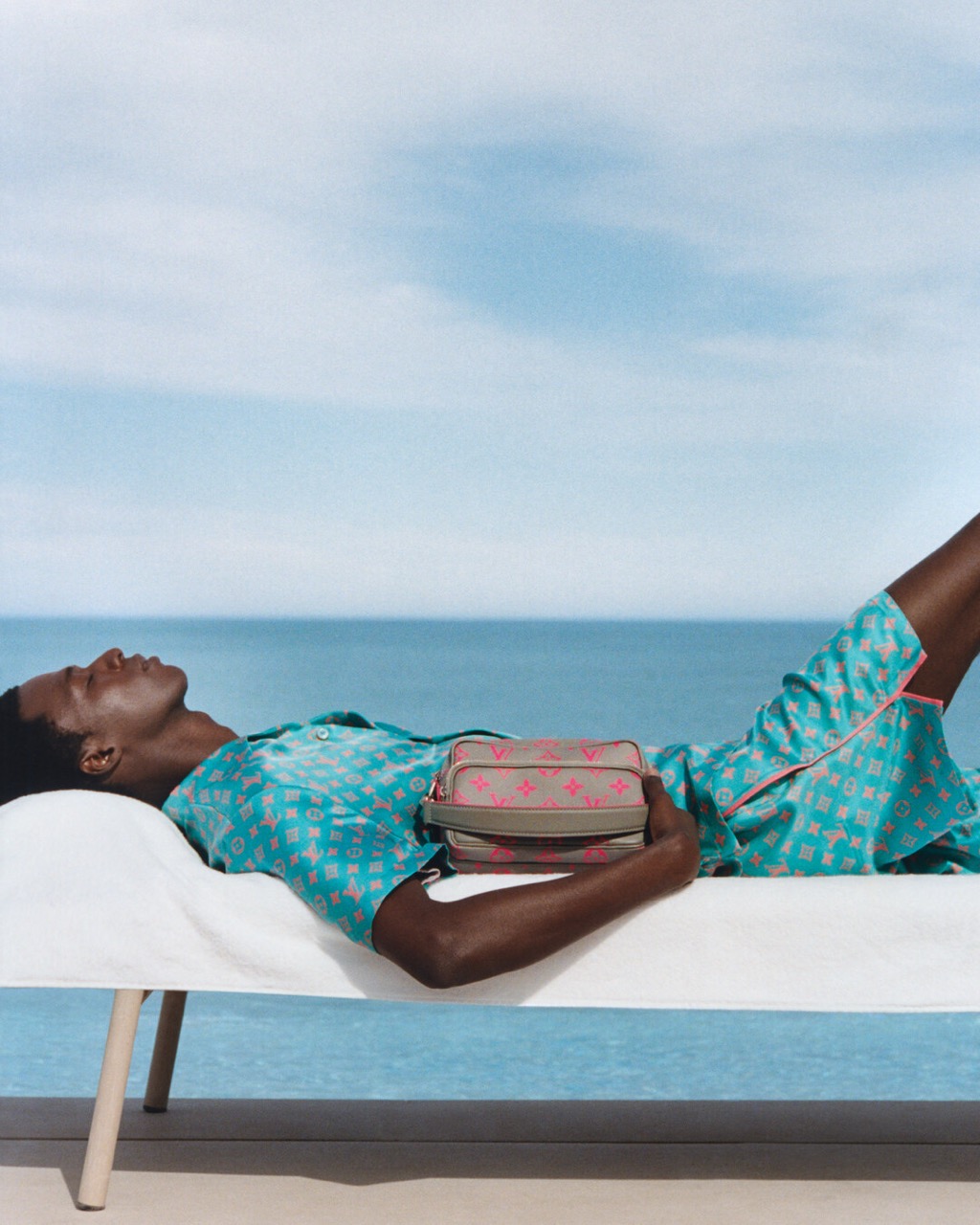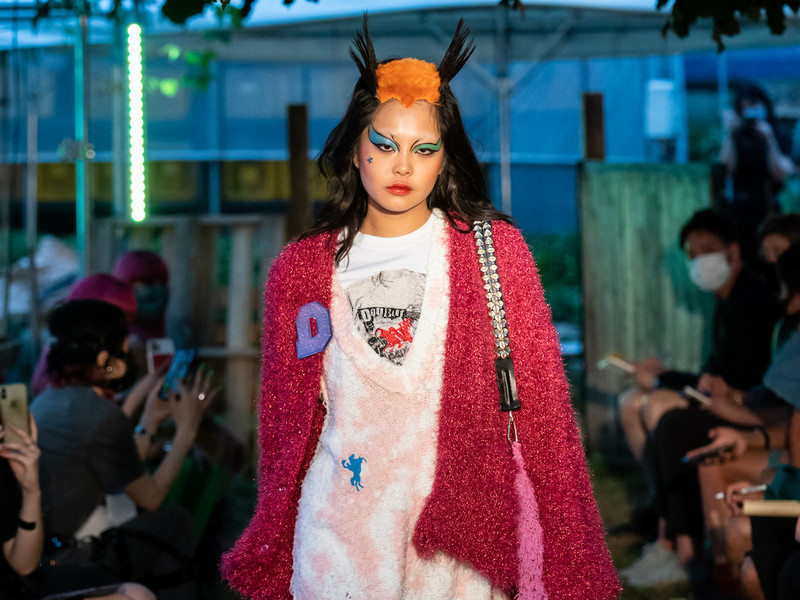Backstage at Linder S/S '19

This season, the designers married that ethos with a quiet subtlety that we totally loved.
After the show, office caught up with Sam Linder to talk gender, Scottish history and the future of his brand. Read our interview, below.
How are you feeling post-presentation?
Proud of what the whole team put together, from the eclectic range of styles to the lookbook and show.
What was the first thing you did after the runway presentation?
Walked across town to the studio and had a toast with the team.


This season was all about plaid–were you inspired by Scottish history at all?
I was reading about The Dress Act of 1746 while working on the collection, where the English crown banned the wearing of Highland-identified clothing in an attempt to crack down on Jacobite rebels from Scotland. But in truth, what happened was Kirk tapped me on the shoulder mid-development and said I should bring more of my personal sensibility into the collection, and pointed to my habit of wearing and mixing ugly plaids.
How does this collection compare to previous seasons?
This time, the approach was less about my own personal fascinations—plaid aside—and more about arriving at individual garments that fit easily into a thoughtful woman’s closet. So, the design team ping-ponged ideas around and refined them, and we landed on an eclectic group of pieces because the team is an eclectic group.
What were you looking for when you started your casting?
Women you can believe would actually wear these clothes—I wanted it to be plausible that the models could walk out of the show wearing their last looks.
You've said that while Kirk usually focuses on fashion history, you tend to come at your designs from more of a fine art perspective. So, how does that work? What's your collaborative process like?
Kirk grew up inspired by fashion, but for me, that’s a more recent development. I tend to look for the click of resonance I get from experiencing art, film, etc. But I have come to fully appreciate the specificity of clothing design and development, and this season is a testament to that. Kirk is always present with—usually pointed—opinions about how the styles are coming along. It makes for a much better final product. And I offer an opinion or two on his designs, as well.
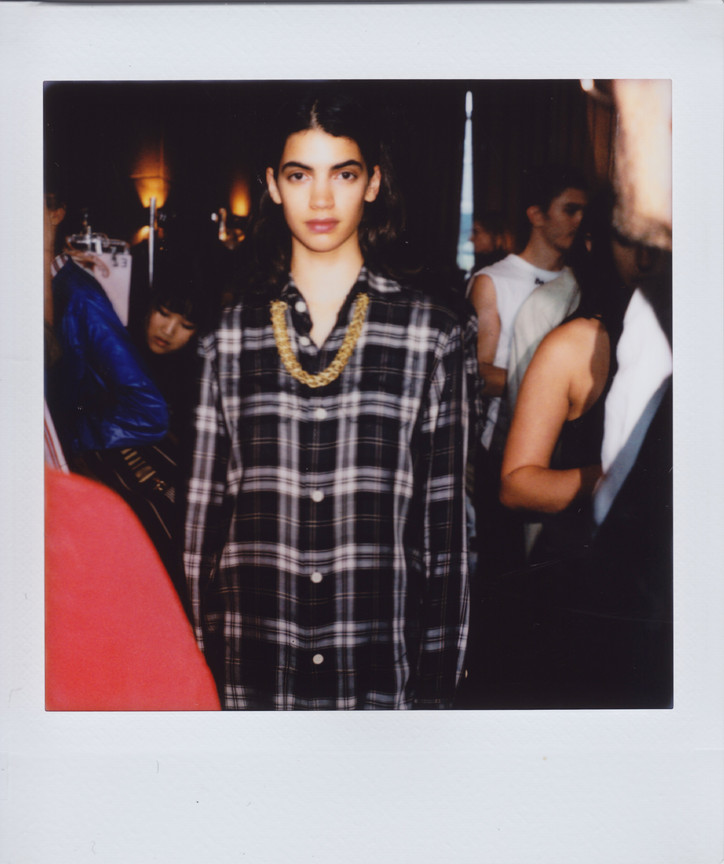
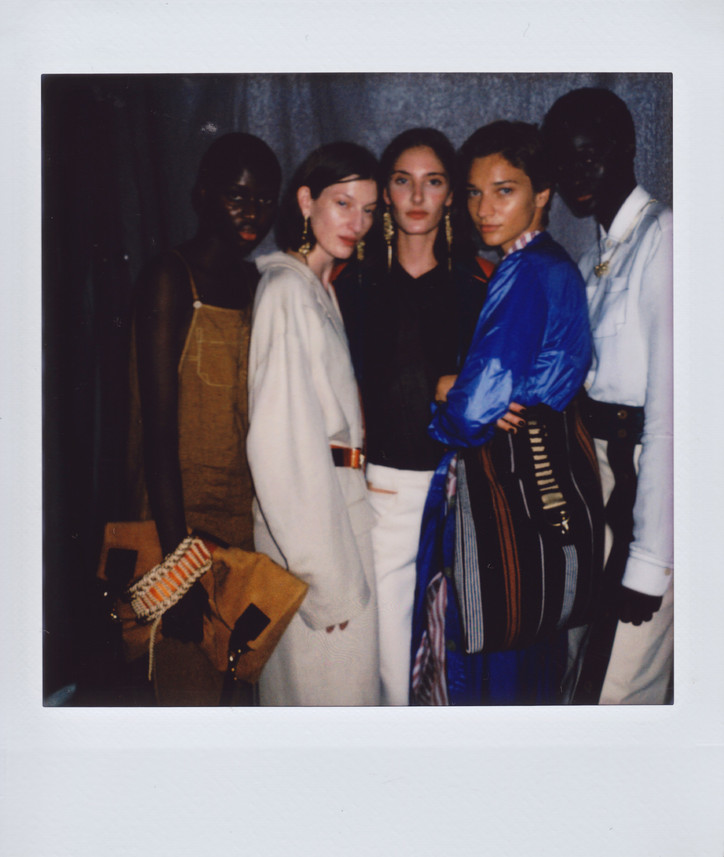
Where does the new collection sit in terms of the overall Linder aesthetic?
There's a certain amount of reconstruction of classics that's a through line. Also, denim and—for lack of a better word—an androgynous silhouette. But mostly, this season is a pivot towards the end user, away from the frozen runway image.
What power do you think fashion has to subvert gender norms and constructs? Is that something you consider when designing for Linder?
I think fashion reflects the bending of norms more than it instigates it. The way the thoughts about this affected the development process this time around, is that it didn’t feel real or relevant to put a traditionally ‘feminine’ spin on the clothes. The women on the design team seemed more drawn to ‘boyish’ styles, and that seemed right to me, too. But there’s really no politics in this—it just felt organic. That’s how we deal with gender.
Who’s the Linder woman?
Someone who constructs their own identity, partly through dress. In other words, not someone who wants a pre-designed identity handed to them in branded packaging.
What's next for the brand?
We’ve been thinking a lot about what it means to be a brand in the present climate—what needs we serve and how the relationship between us and our customers can be a reciprocal one. The old regime, in our eyes, is moribund. Our business model is undergoing changes accordingly, and the forms this will take will emerge in the months to come.
